How Japanese design influenced the world
With the Olympic Games having lit up the summer, Lucien de Guise considers the influence of Japanese design over the centuries — despite the nation’s self-imposed isolation that closed its borders for over two hundred years.
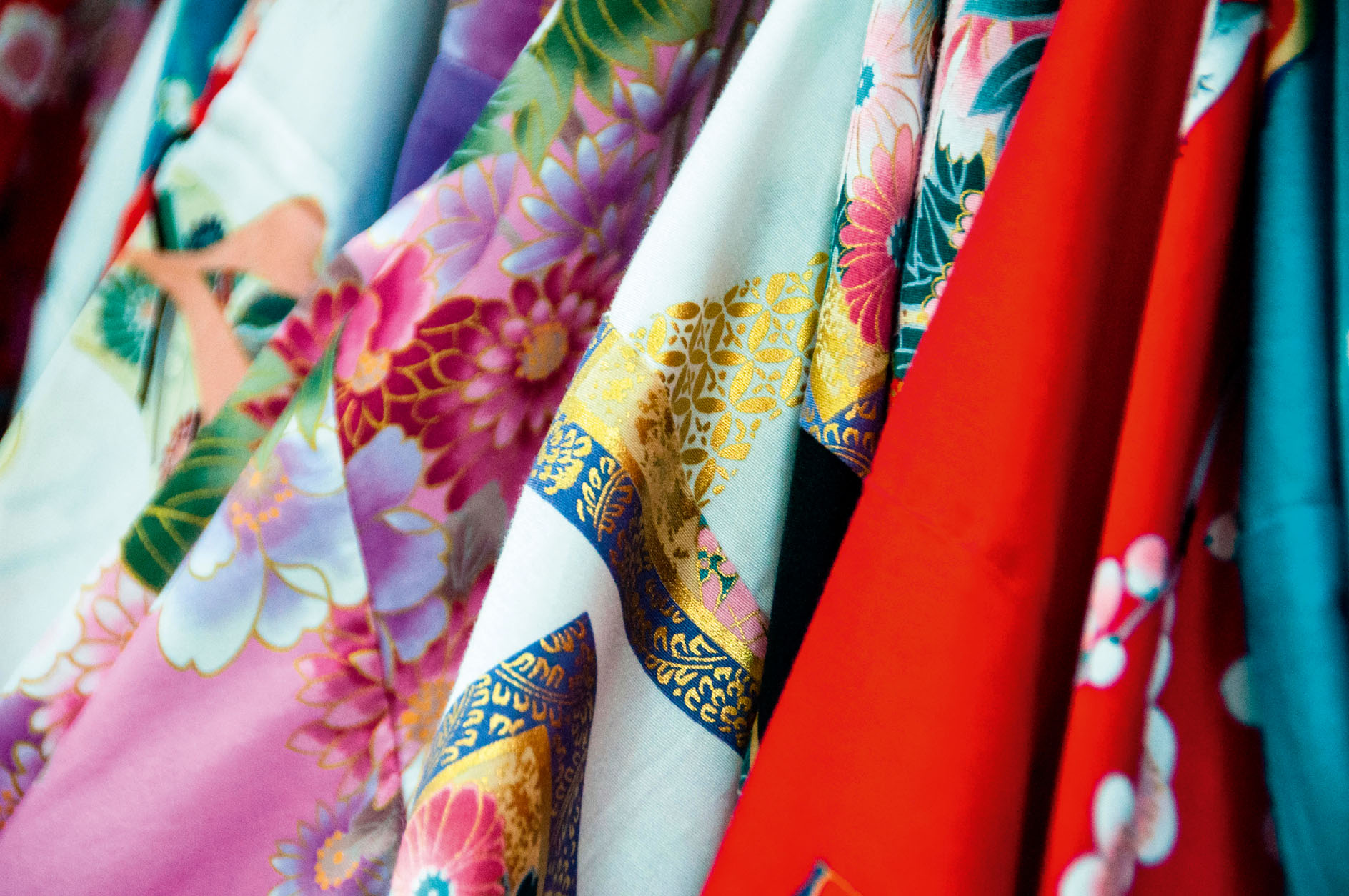

From 1639–1853, returning Japanese nationals were not quarantined, they were executed. No westerners could set foot on Japanese soil, except for a few Dutch traders confined to a tiny island in Nagasaki Bay, where the locals would bribe their way into a viewing of these rewardingly freakish foreigners.
Western influences were as unwanted as the people. Above all, there was the fear of Catholic missionaries getting into the country with their alien ideas and imagery. Paintings of the Crucifixion and the Virgin Mary were hidden behind lacquered panels in the hope that the religious police would think they were objects of indigenous belief.
Less well known is the extent of Japan’s influence during the period in which it chose to self-isolate. The most commonly told tale is how Japan revolutionised western art in the 19th century — van Gogh, Monet, Whistler and countless others were all captivated. Exactly 30 years ago, even that Scottish stalwart Sean Connery was coaxed into promoting Suntory whisky.
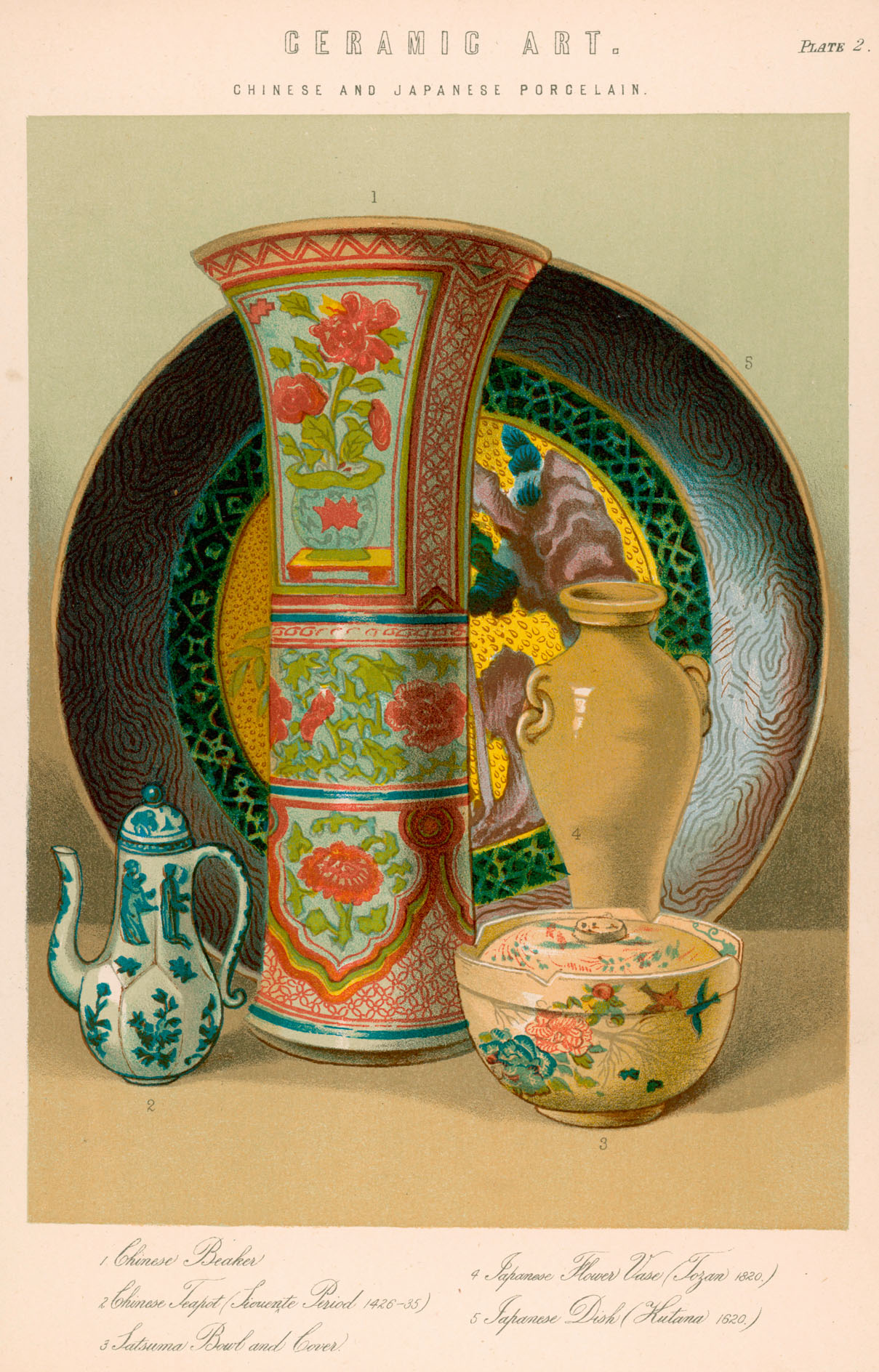
On the other side of the world, it was an open house for anything from Japan. The English and the French were especially welcoming. European collectors sought everything Japanese, from furniture to ceramics and clothing, without always being aware of where they came from. Distinctions between China, India and Japan were vague; understandably so, as Japanese exports tended to travel to China or India before being sent on to Europe.
At the top of the modish shopping list of Stuart Britain were Japanese lacquer and ceramic wares, which became the prototypes for countless shellac knock-offs produced in Europe. Later came bone china, after England’s potters had managed an approximation of true porcelain. Entire rooms were dedicated to ceramics from l’Extrême-Orient, often assigned to China when they actually came from Japan. Although the smaller nation’s potters had originally copied those of their massive neighbour, Japanese wares were, at various times, more highly regarded than their Chinese prototypes.
English ladies had a sometimes fearsome reputation for connoisseurship. The 5th Countess of Exeter imported the earliest recorded Japanese ceramics into Europe — her inventory of 1688 lists whimsies such as Japanese ‘doggs, lyons and a [Buddhist] priest on a buffalo’. Burghley House is still filled with these marvels, although many were sold at Christie’s in 1888. Queens Mary and Anne were also fascinated by the wares of Japan, albeit less meticulous in their appreciation than the Countess of Exeter or the Duchess of Marlborough.
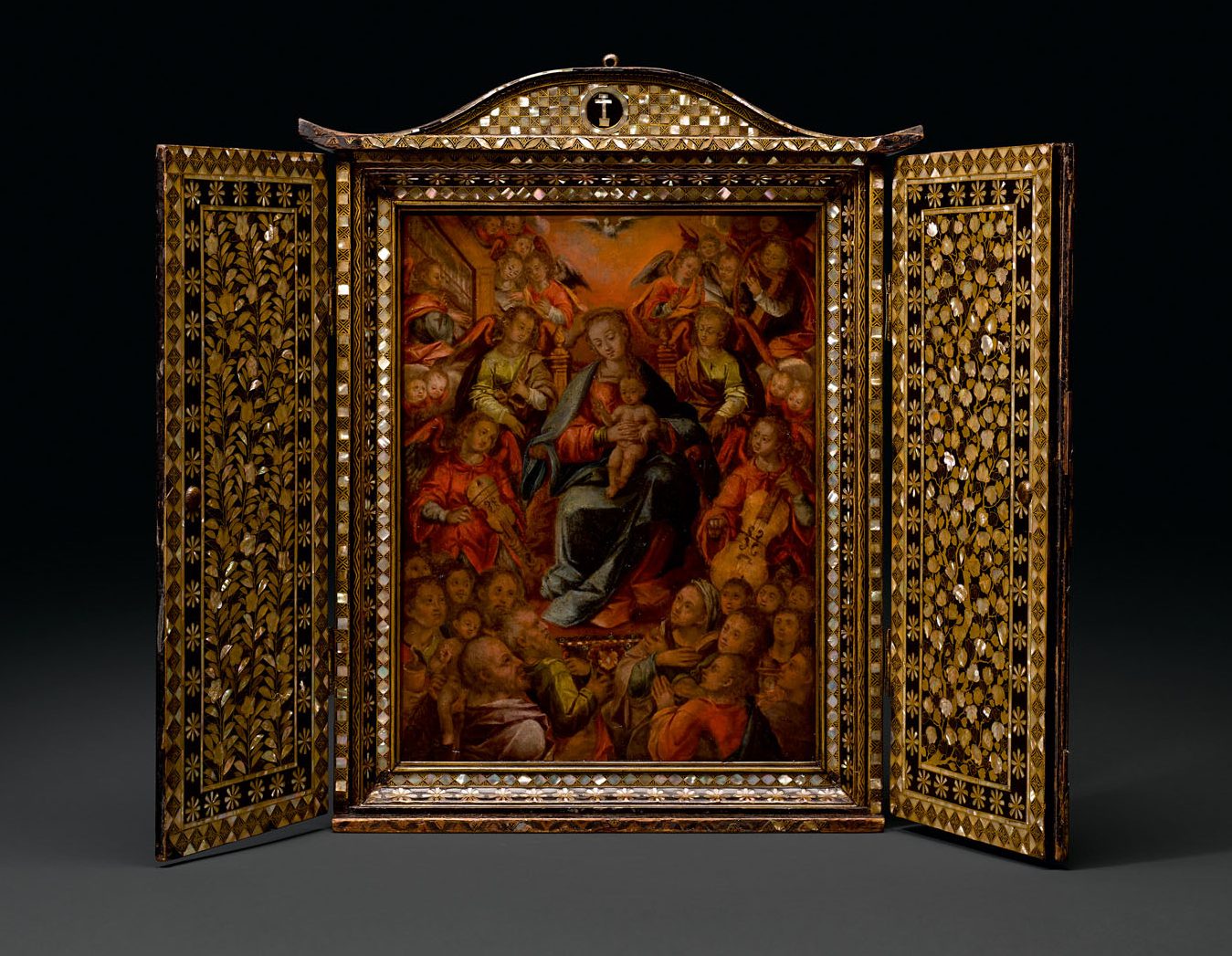
The inventory of the Marlborough collection mentions huge quantities, with depressingly little detail. From 1712, there is an addendum to the already lengthy reckoning of Her Grace’s dressing room: ‘2 Japan tea boards and 1 Japan bowl.’ The tea boards in question were lacquer trays, part of England’s very own tea ceremony. It’s easy to imagine the Queen and her favourite Duchess bickering about the relative merits of Imari and Kakiemon ceramics or discussing the depth of multi-layered lacquer wares, the other prized collectible in centuries past.
Exquisite houses, the beauty of Nature, and how to get the most from your life, straight to your inbox.
Serious collectors were mostly female and always extravagant — a single teacup could easily exceed a year’s wages for a domestic servant. For English nobility, the keenest competition for lacquer came from the chief minister to Louis XIII of France. Cardinal Mazarin was thought to be the richest man in Europe and obsessed with laque du Japon. As the Japanese authorities had initiated national-heritage export restrictions, collecting was as much about connections as money. One of the cardinal’s Japanese lacquer chests (now in the V&A Museum) was probably the largest item of master craftsmen’s labour to slip through the shogun’s net. Centuries later, after appreciation of this art had been tarnished by tawdry European copies, the Mazarin chest was labelled as being Chinese and used as a television stand and drinks cabinet.
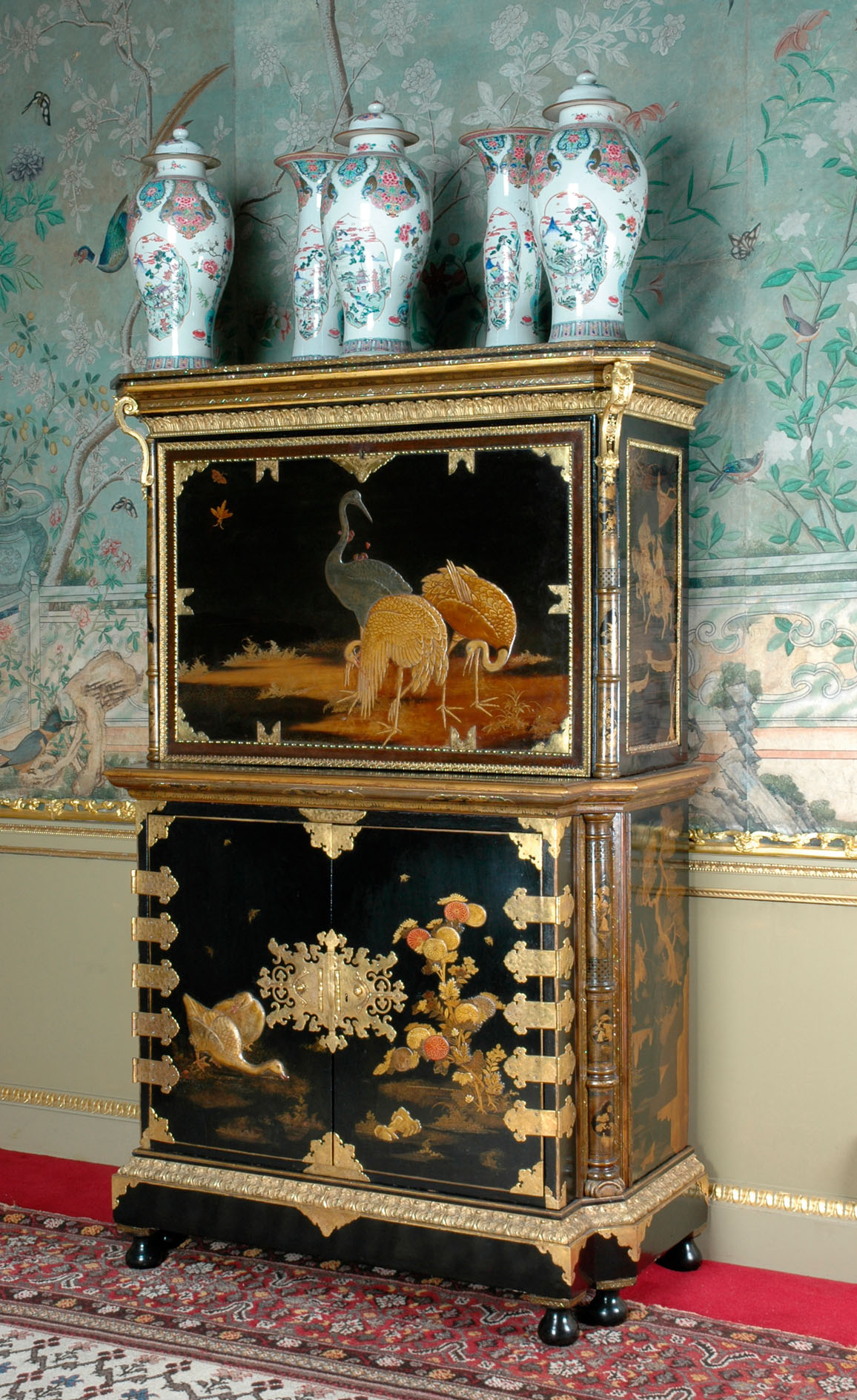
The influence of lacquer on English and French furniture-makers was remarkable. Japan, a society with minimal furniture and a preference for sitting on the floor, revolutionised European taste with its sumptuous surface decoration. Furniture shapes were another matter. Thomas Chippendale loved the black and gold of Japanese lacquer, but looked to China for the forms of chairs and tables. As ‘china’ became the word for any fine ceramics with eastern origins, so the term ‘japanning’ applied to all lacquer furniture from the same general direction. The word lives on humbly at old-fashioned hardware shops: ‘A dozen black jap round-head screws for you, sir?’
Three centuries ago, the way to proclaim the message of cosmopolitanism to the widest audience was through clothing. The kimono can be adapted to all tastes and sizes: it is versatile enough to have been the sole subject of an exhibition at the V&A last year. Heavily influenced by Japanese aesthetics, Oscar Wilde declared, 200 years after the arrival of Japanese fashion: ‘One should either be a work of art or wear a work of art.’ Although Samuel Pepys was no contender for the first category, the social butterfly’s most famous portrait shows him in a kimono-based banyan robe, rented for his sittings with the artist.
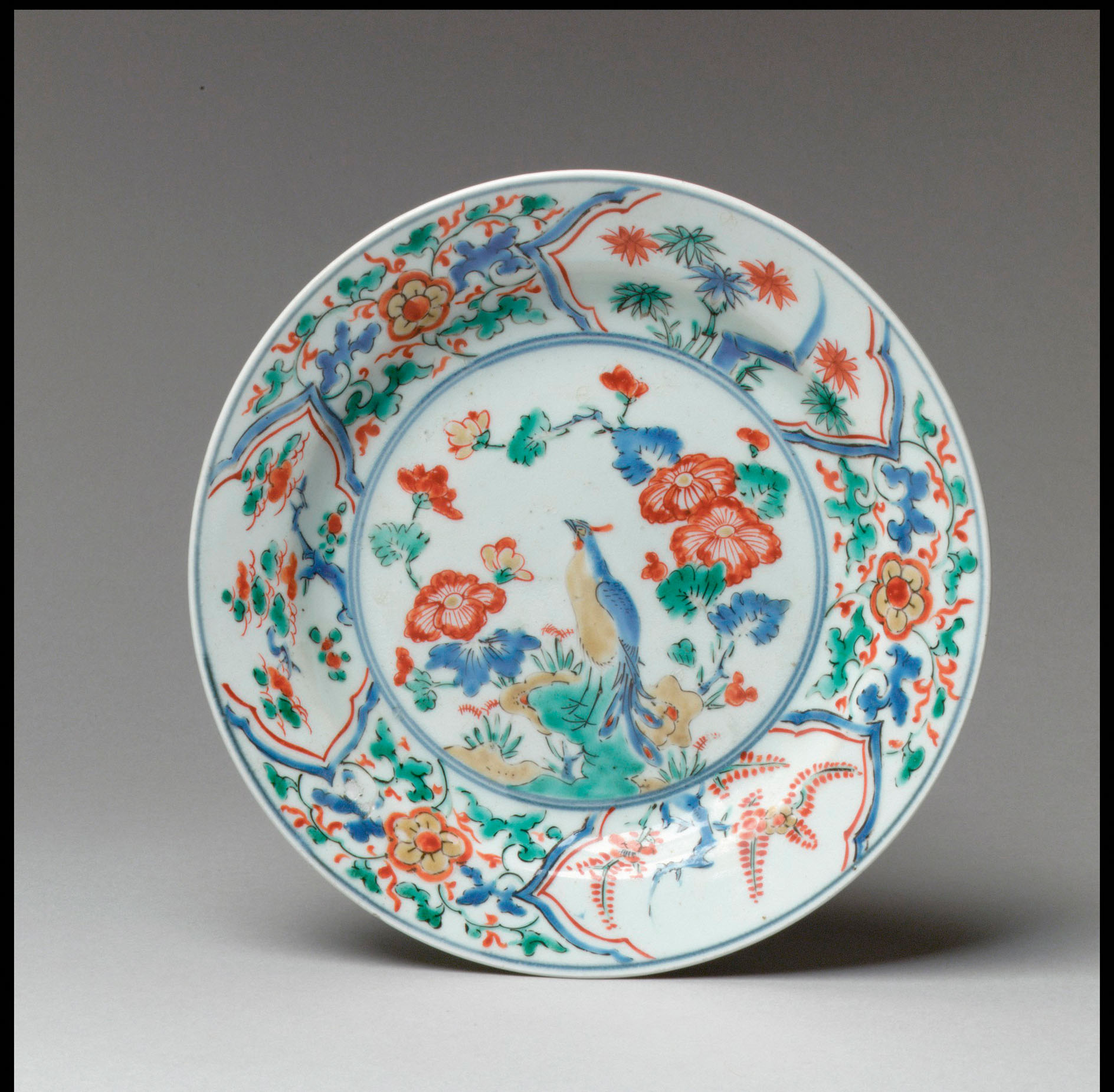
The exhibition also featured the kimono-clad figures of ‘Lord and Lady Clapham’. Residents of that locality today may wonder why they have never heard of these south London seigneurs. The reason is that the noble couple existed only in the form of dolls. Made in the late 17th century, they were contemporaries of Pepys and were later owned by his descendants, who lived in Clapham. If their dolls’ house still existed, it would no doubt be filled with miniature Japanese ceramics and lacquer wares.
Not every reference to Japan was as reverential as his Lord and Ladyship’s. A painting from the same era, Sir Neil O’Neill (1680), shows a flamboyantly attired Irish warrior in the service of James II. There is a heap of lacquered samurai armour at his feet. The meaning is obscure, but is probably an optimistic hope of victory over the oppressors of Catholicism. Sir Neil appears to have known much about Japan’s colourful weaponry, as well as its treatment of his co-religionists.
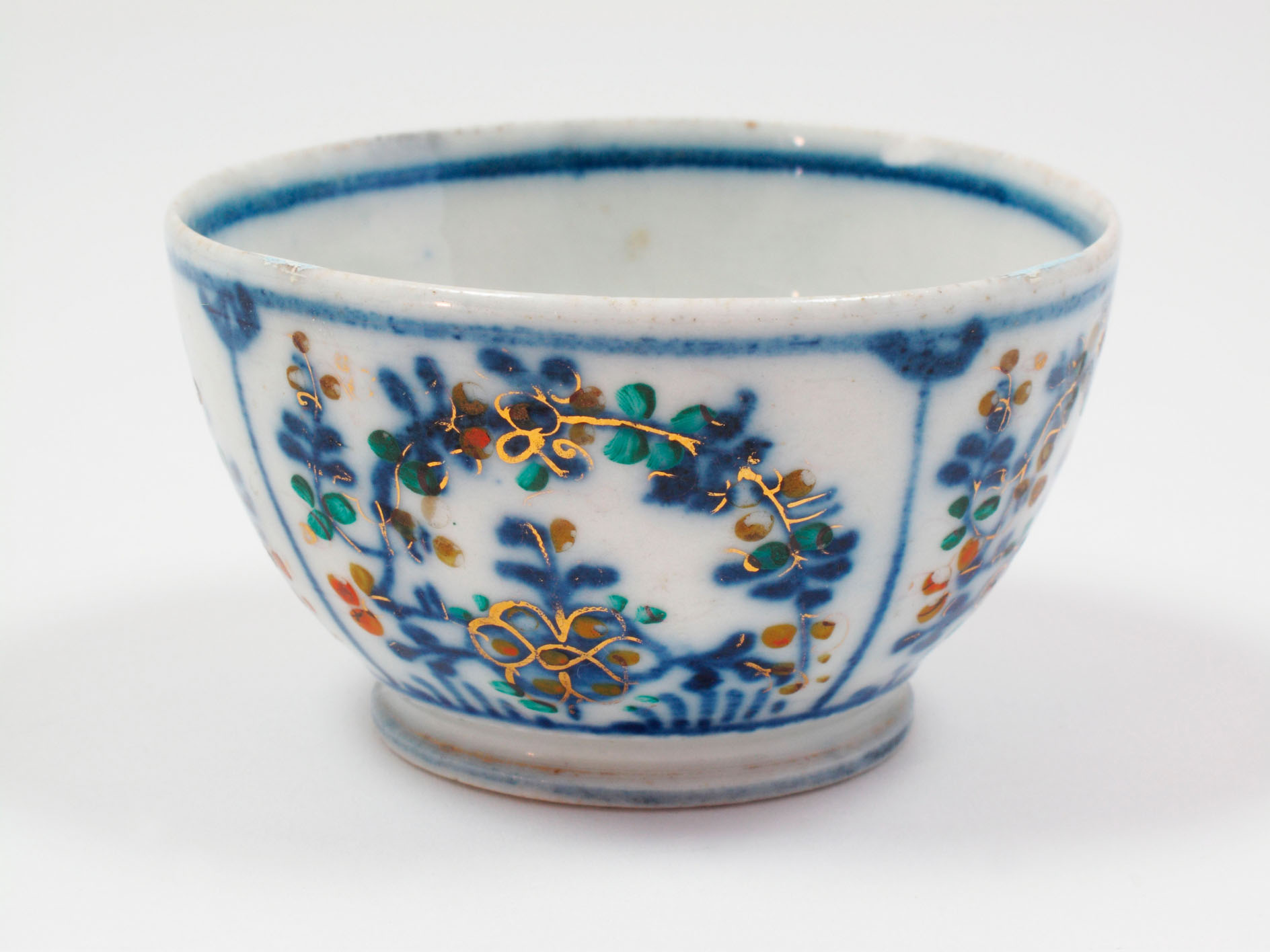
Perhaps the last word should go to a gardening term. ‘Sharawadgi’ is used often in horticultural circles and is derived from the Japanese concept of gardens that embrace the natural, rather than the formal. When the word was first used, in 1692, by Sir William Temple, it offered radically new vistas. What has now become commonplace was quite astonishing in a world in which no Briton could possibly have seen a Japanese garden — let alone a sporting event involving competitors from hundreds of different countries.
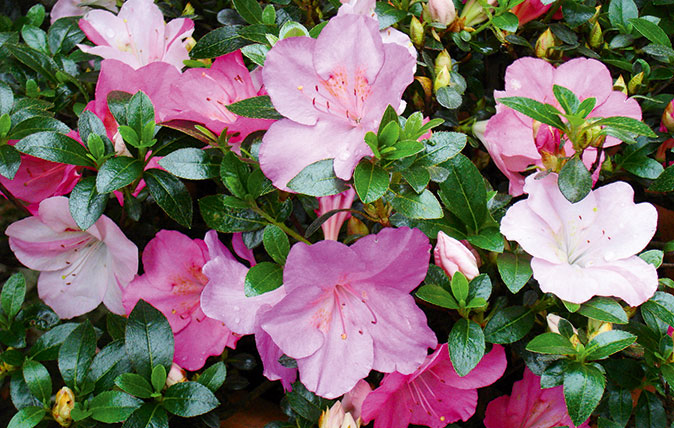
Credit: Mark Grifiths
The Japanese azaleas set to flourish across Britain's gardens
Mark Griffiths looks at Satsuki azaleas – one of Japan's most revered plants, and yet perfect for an English garden.

Credit: www.setouchitrip.com
Bucket List inspiration: Okunoshima, the small island in Japan occupied by hundreds of adorable bunnies
Rabbit Island is a well-kept secret along the Japanese coastline, providing sanctuary for hundreds of wild rabbits and an exciting

A Tokyo hotel with space and views of Mount Fuji, yet still right in the heart of the action
Over the course of the next year or so Japan will host both the Rugby World Cup and the Olympics
Country Life is unlike any other magazine: the only glossy weekly on the newsstand and the only magazine that has been guest-edited by His Majesty The King not once, but twice. It is a celebration of modern rural life and all its diverse joys and pleasures — that was first published in Queen Victoria's Diamond Jubilee year. Our eclectic mixture of witty and informative content — from the most up-to-date property news and commentary and a coveted glimpse inside some of the UK's best houses and gardens, to gardening, the arts and interior design, written by experts in their field — still cannot be found in print or online, anywhere else.
-
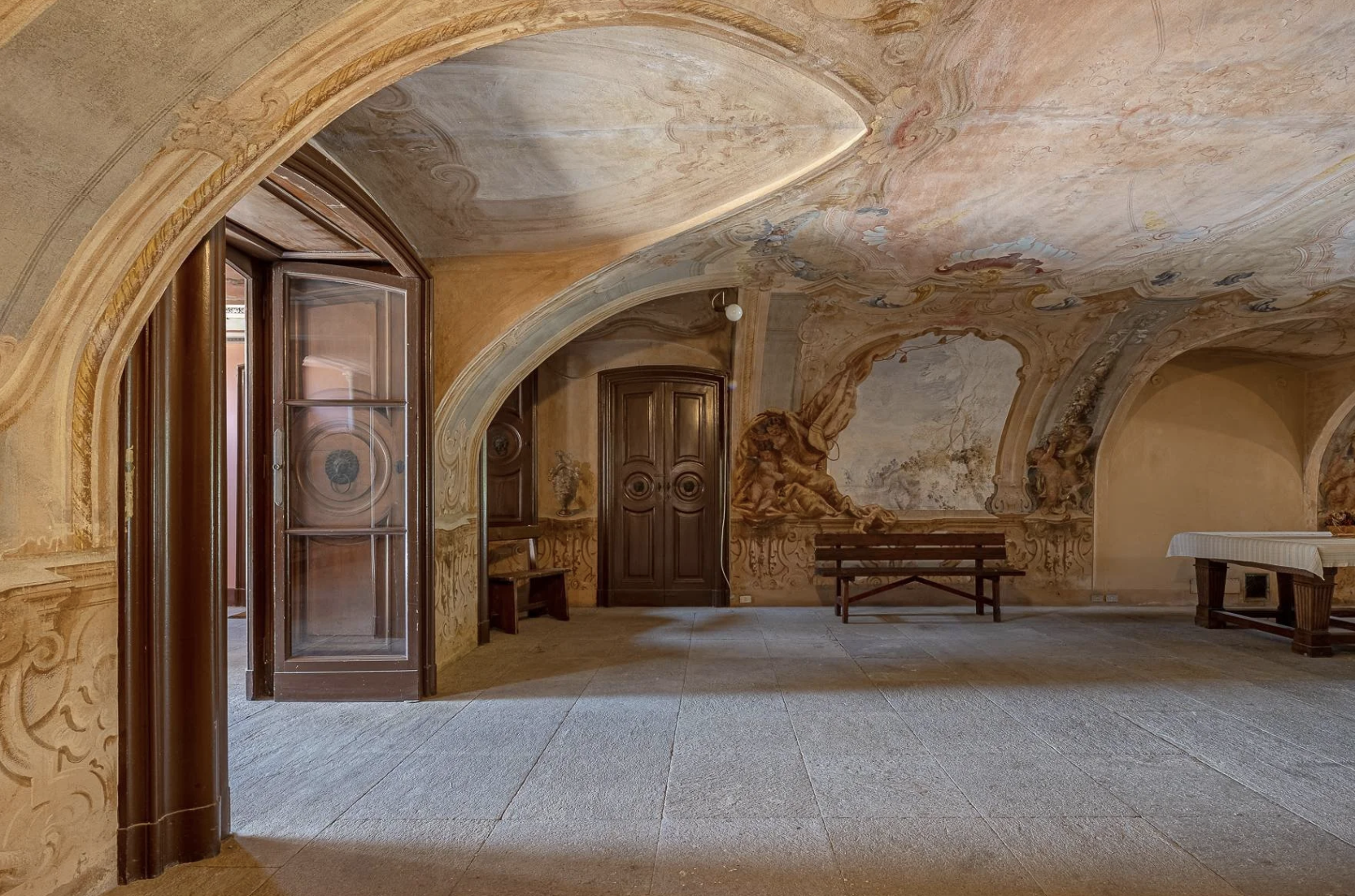 Dream of revolution inside the 18th-century villa once occupied by Napoleon's French troops
Dream of revolution inside the 18th-century villa once occupied by Napoleon's French troopsAn apartment inside historic Villa Gnecchi Ruscone is on the market and it comes with a grand ballroom rumoured to have been frequented by Napoleon.
-
 Get ready to get spooky in the Halloween edition of the Country Life Quiz of the Day, October 31, 2025
Get ready to get spooky in the Halloween edition of the Country Life Quiz of the Day, October 31, 2025Ghosts, ghouls and ghastly questions lurk in today's quivering quiz.
